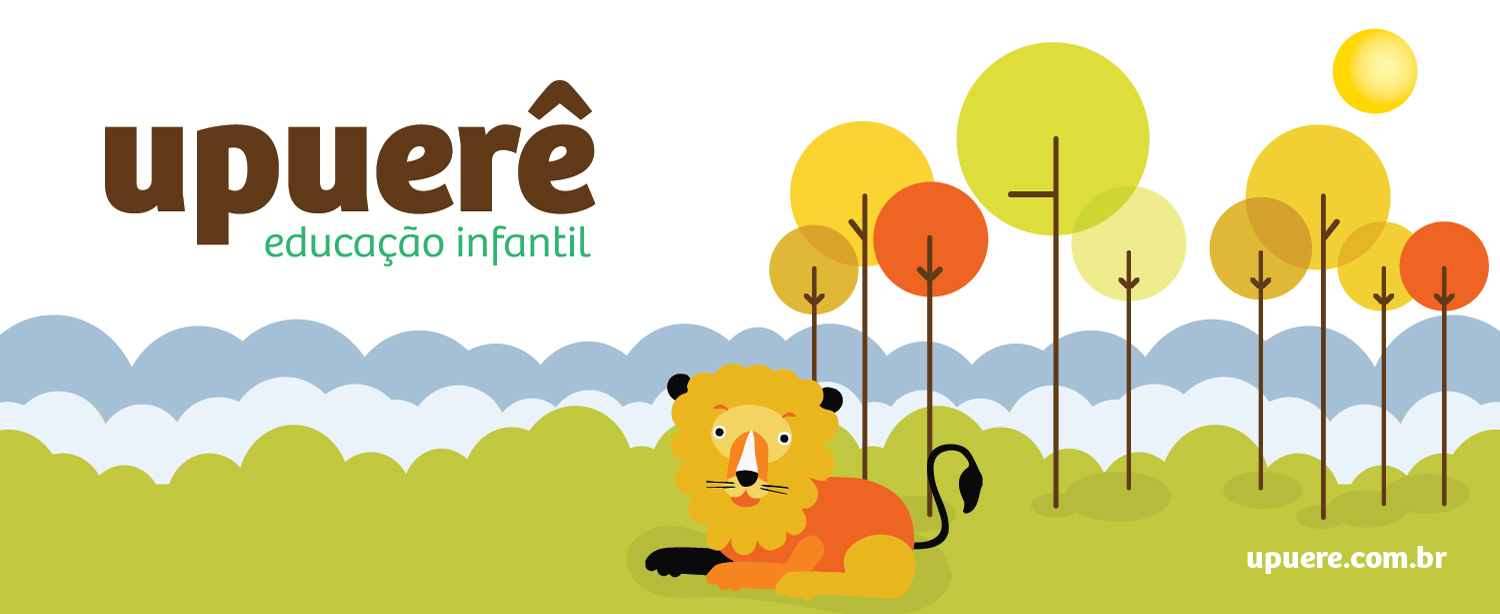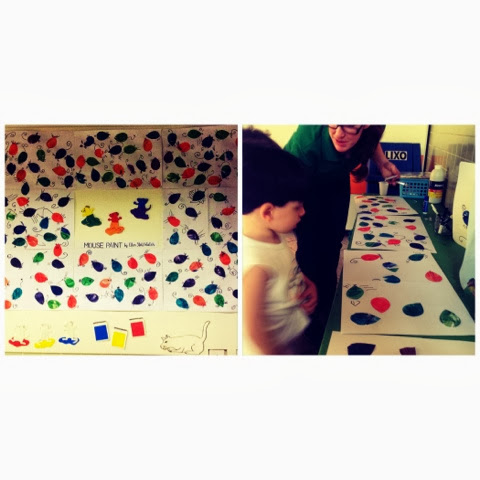We explored colour in all kinds of ways this week. By now, everyone should be able to name red, orange, yellow, green, blue, purple, pink, black, white and brown. Some may even be able to tell you what happens when we mix different primary colours - red and blue makes purple, etc.
We sang the song
I Can Sing A Rainbow and read the story
Mouse Paint. Here are some of the other activities we did this week...
On Monday, we played a fast-paced game called
High-Five. When I called out a colour, the children had to run and touch the hand of the same colour.
On Tuesday, we did the Travelling Colours Experiment. The children love Science Day and become very focused during the activities. You might like to try this one at home. You just need three jars, water and food colouring. Fill two jars with water and colour them in two primary colours. Ask your child to name the colours in English and then try to guess what will happen when they mix. Place a piece of rolled-up toilet paper or kitchen towel between the coloured water and the empty jars (see photos below). Watch as the water is soaked up the paper and travels to the empty jar. When the water starts to mix a new colour will form. If you leave it overnight, you will see that the water levels in the three jars have evened out. Amazing!
On Wednesday, there were lots of centers to explore in the Art Room.
We used eye-droppers, spray bottles, coloured water, paint, bicarb of soda and vinegar in different ways to discover how primary colours can be mixed to make secondary ones.
On Thursday, we did digital painting with an app called Paint Sparkles. If you put it in English, a voice will name the colour you choose. We also used our paintings from yesterday to make colourful mice for our classroom wall. Come by and see the finished result. It looks wonderful.
The mice were inspired by the book we read this week - Mouse Paint.
Friday will be a day in the playground, as usual. I will do a separate post with photos from the fun activities I have planned for the kids to do so check back in tomorrow!
 The children in Group 5 looked at Earth and Environmental Science - the study of the Earth and its materials and how we care for the natural world. We explored the key question: “How can we care for our world?”
The children in Group 5 looked at Earth and Environmental Science - the study of the Earth and its materials and how we care for the natural world. We explored the key question: “How can we care for our world?” 























